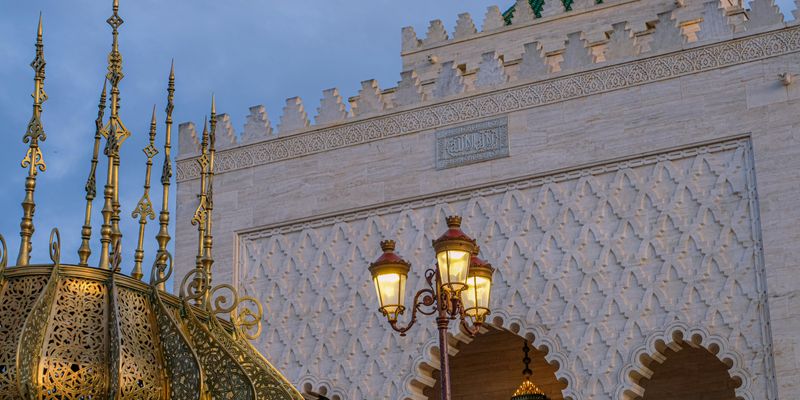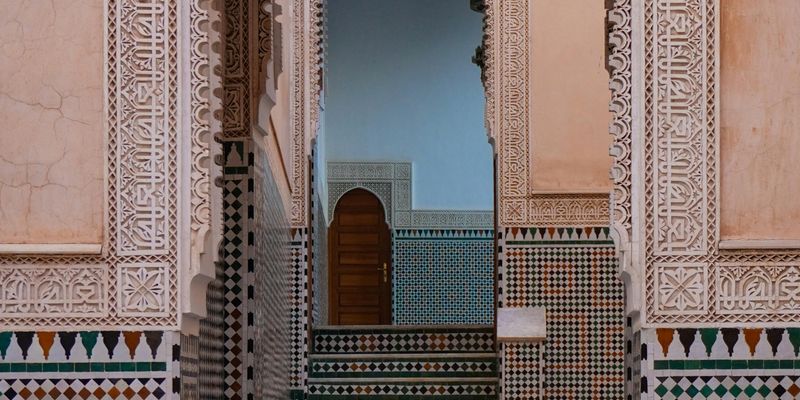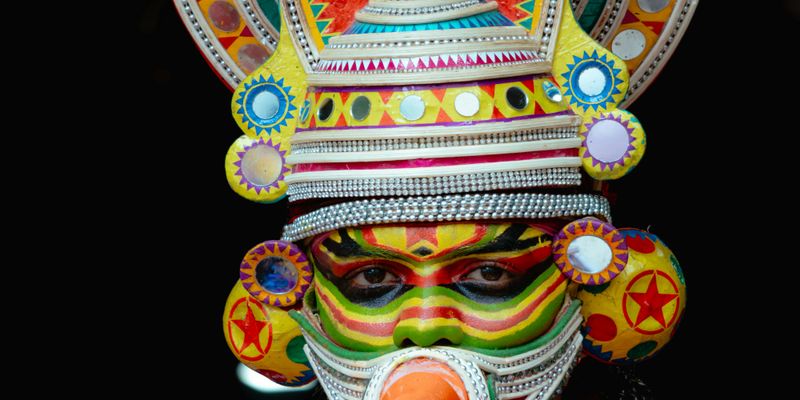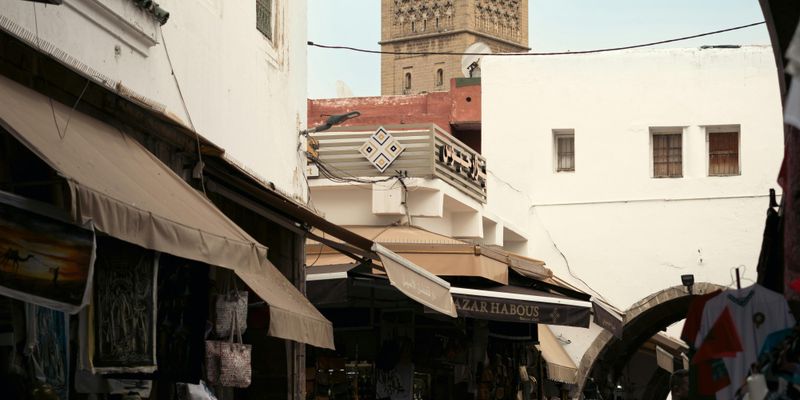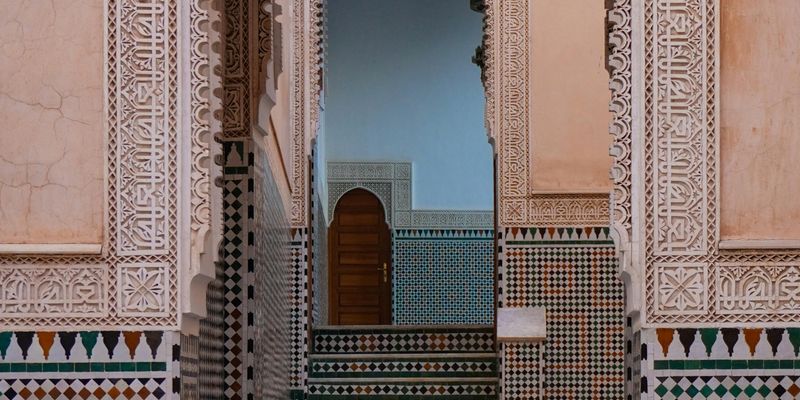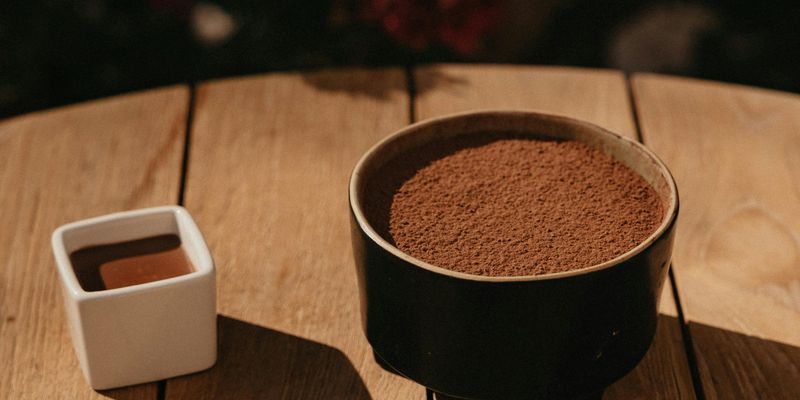
Introduction to Moroccan Cuisine
Welcome to the vibrant world of Moroccan cuisine, a culinary journey that reflects the rich cultural tapestry of my beautiful country. Here, in Morocco, food is more than just sustenance; it’s a way to connect with family and friends, a celebration of life, and a reflection of our history. Join me as we explore the flavors, traditions, and stories behind some of our most beloved dishes.
A Fusion of Flavors
One of the most fascinating aspects of Moroccan cuisine is its diverse influences. Our food is a melting pot, shaped by centuries of trade and migration. You’ll find spices and flavors from the Mediterranean, the Sahara, and beyond. The use of spices like cumin, cinnamon, and ras el hanout (a blend of many spices) is what makes Moroccan food truly unique. Each meal is a colorful canvas painted with aromatic flavors, making every bite an adventure.
Signature Dishes to Savor
When one mentions Moroccan food, it's impossible not to highlight our world-famous tagine. This slow-cooked stew, named after the earthenware pot it's made in, showcases an array of ingredients from tender meats to vegetables and aromatic herbs. Another must-try is couscous, often served with a flavorful broth and accompanied by vegetables and meats. Fridays are traditionally set aside for couscous, making it a cherished family dish.
The Art of Sharing
Dining in Morocco is often a communal experience. Meals are traditionally served on a large platter, where everyone gathers around to enjoy the food with their hands, a practice known as “غُصْنَ المُفَاوَيَة” (ghusn al-mufawiyah). This not only brings families closer together but also invites a sense of camaraderie among guests. Don’t be surprised if in a Moroccan home, the host insists on replenishing your plate. It’s a mark of hospitality and generosity.
Sweet Indulgence
No exploration of Moroccan cuisine would be complete without mentioning our delightful sweets. The beloved baklava, chebakia (a honey-coated pastry, especially popular during Ramadan), and kaab el ghazal (almond-filled cookies shaped like a gazelle's horn) are staples in any celebration. Tea time is also an essential part of our culinary culture, where mint tea, known as “thé à la menthe”, is served with elaborate rituals, and is often accompanied by sweets. It represents warmth and hospitality, and a moment to slow down and enjoy life.
Conclusion: A Cultural Connection
Moroccan cuisine is a celebration of rich flavors, cultural history, and familial bonds. Every dish tells a story, drawing on influences from the Berbers, Arabs, and even the Spanish and French. So, whether you’re enjoying a cozy meal at home or dining in a bustling market in Marrakech, remember that you’re not just eating; you’re partaking in a centuries-old tradition. I invite you to savor these flavors, embrace the culture, and perhaps one day, experience it in person here in Morocco.
